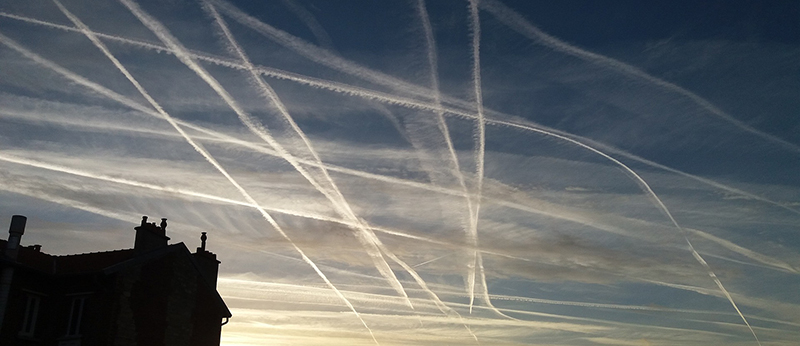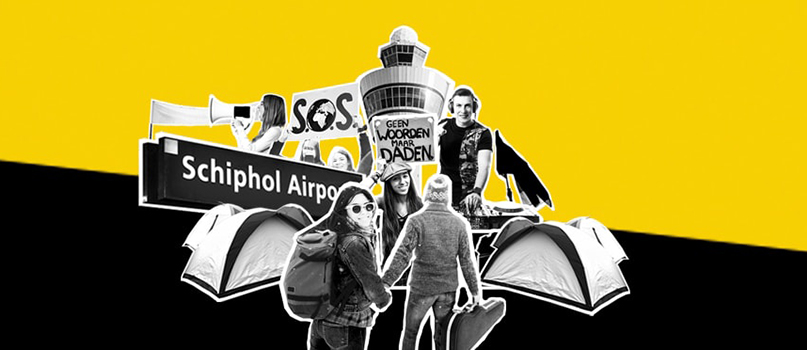[metaslider id=5451]
Protests against aircraft noise and airport expansion will always have direct and indirect impacts. The following summary will always be uncompleted. We could only recognize and evaluate major reactions and changes that happen to the environment, but not all those smaller details and activities that happen behind the stages. These minor things help as well to reduce aircraft nuisance.
Success Stories
- Networking and a first time going public with the interest of people that are annoyed by civil and military aviation since 1965 till today.
- The first legal activity at all: the German so called aircraft nuisance regulations (year 1971). This law regulates noise limits and recognizes the rights of citizens annoyed by airplane noise. This law was revised several times but it is still not working well to protect the German population. Some people say: this law protects the noise instead of the rights of the people. But it is an important milestone.
- Legal regulations in Germany that built the basis for the aircraft nuisance commission that are by law established for all airports in Germany with more than 50 000 movements per year. Citizen groups always have a seat to vote at those commissions. Activities of the citizen groups are regulated at the Federal German Association “Bundesvereinigung gegen Fluglärm” e.V. BVF .
- Aircraft nuisance is recognized for the first time as an environmental issue and matter and as an existing problem in society.
- Appeals against planning of airport expansions have an impact on planning and realization of public inquiries for airports at Stuttgart, Frankfurt, Dusseldorf, Munich, Berlin and Hamburg. Claims against those new airport capacities hinder the realization by many years, but sometimes did not totally stop these plans. (at Frankfurt for e.g. the fight against the runway 18 West slowed down its realization by 13 years. Legally it was ready to be built in 1971, opening was in year 1984!)
- Night flight regulations could be installed at many European airports.
- Night flight bans are real limitations to night flight noise at Zurich, Dusseldorf, Frankfurt Munich and some other airports. London Heathrow has only 16 night flights per night.
- Engine tests are now done more often in a hall and no more in open spaces. Exposure of noise to the surrounding is limited by those buildings (can be observed at Stuttgart, Dusseldorf or Zurich airport).
- Flight path directions have been changed, less people overflown and annoyed.
- Aircraft engines are less noisy than before. Engineers have learned to make progress in the construction of planes.
- Airplanes and engines are now constructed so that noise is reduced compared to former models.
- Machines and traffic on ground area is nowadays evaluated as well as making noise, that could be reduced (e-traffic at taxi ways).
- Passive noise protection was established at several airports, such as walls, buildings and other contractions that prevent the surroundings against ground noise and starting planes.Frankfurt for e.g. has a 4 km long at 11 meter high wall system at its western end.
- Take-off and landing procedures are today sometimes, but not always, optimized to reduce noise.
- Aircraft noise is today recognized by aviation industries as well as the airlines to be the major problem for acceptance of air traffic in the neighborhood of airports.
- Air pollution by aircrafts is now coming into a public debate.
- Legal decisions at many different levels and courts have implemented a noise limiting framework which is respected and that regulates what laws did not take care of.
- Medical and clinical research was forced to work on aircraft noise and its consequences on health. The negative health impact of aviation noise is today established. Data available.
- Research on social effect by aircraft noise has shown its negative impact on the environment.
- Economic research verified that aviation has a limited a smaller impact on the economy. New jobs are often non-existent and cannot be verified when there is growth or expansion of an aviation or airport capacity.
- Subsidies by public funds, such as European funds and others are seen in a new way, such as investment in this infrastructure is verified and in critics of public health issues.
- Subsidies paid to so-called “low cost airlines” are now public as indirect subsidies to airlines and flights. Public money finances the lower costs. Environmental effects from all kind of flights are never considered anyway. For e.g. could be shown, that Ryanair got per flight and passenger more than 9€ public support at Strasbourg – Enzheim by the local chamber of commerce. When this information went public, Ryanair moved away to Baden-Baden.
- Ryanair seems to receive most of its operational airport costs from public support. Taxpayers pay O’Leary’s operations.
- Our ways of mobility and making holiday is, due to the aircraft noise, now in debate and needs to be revised.
- And numerous other minor and major successes are results of more than 50 years of work against aircraft noise.
- Environmental and traffic noise are very important problems in society today. Exposure to aircraft noise is the worst form of a noise that people can be exposed to, as they have no chance to escape.
Sep 2015
Martin Kessel






